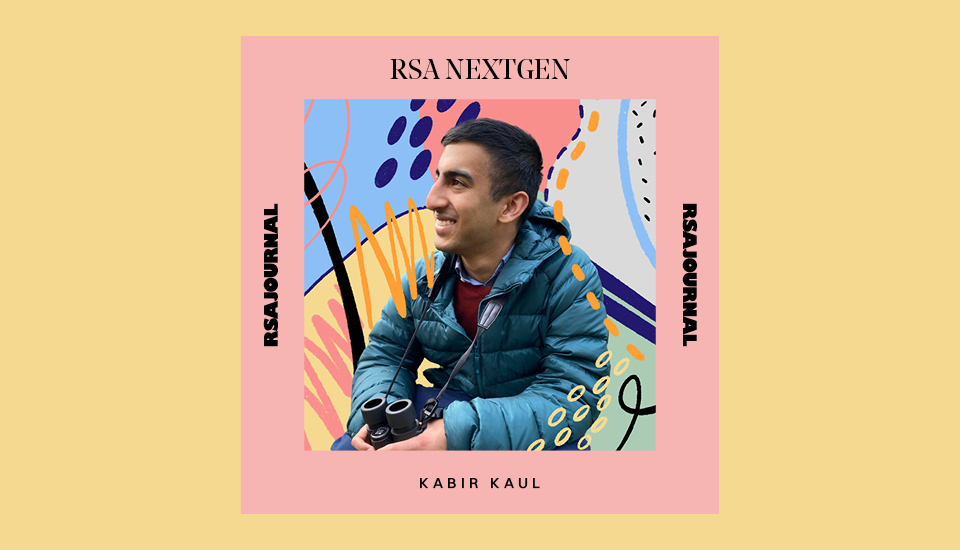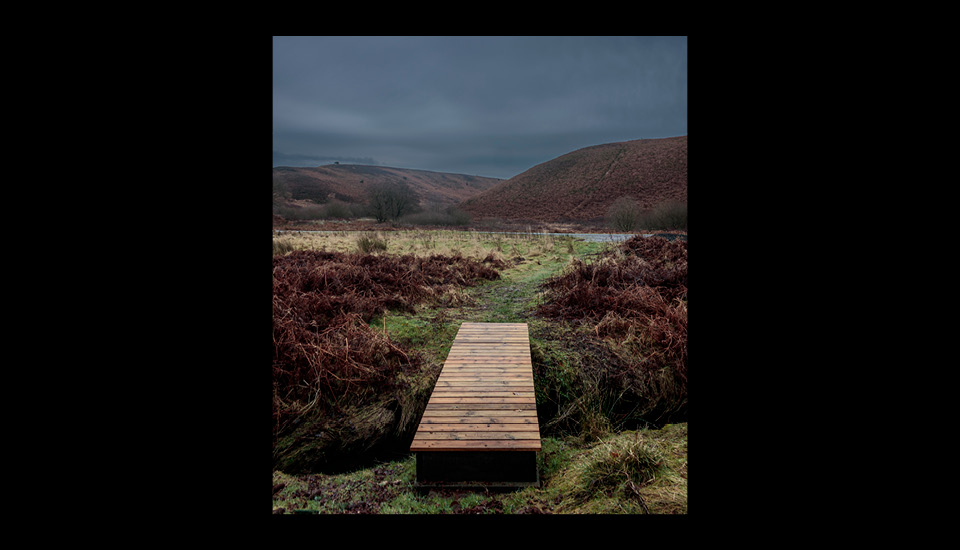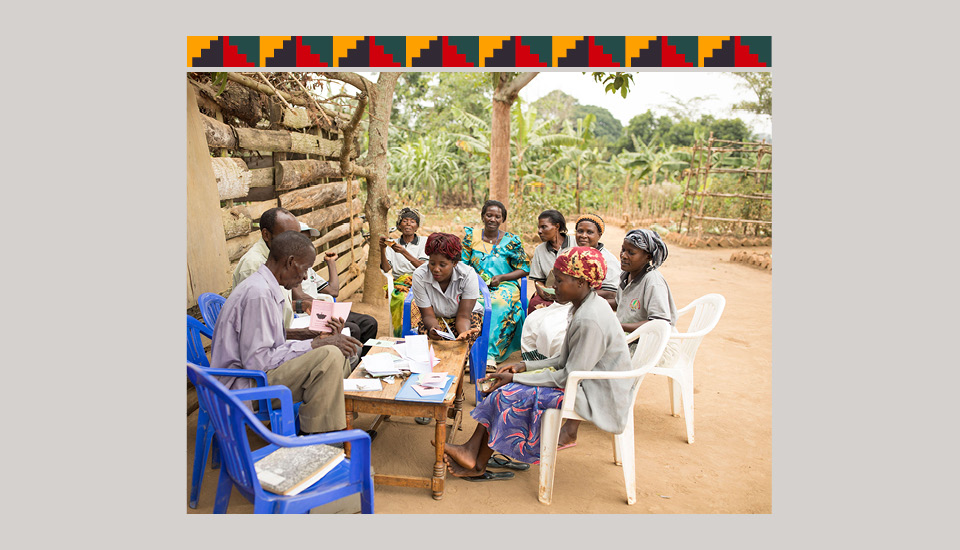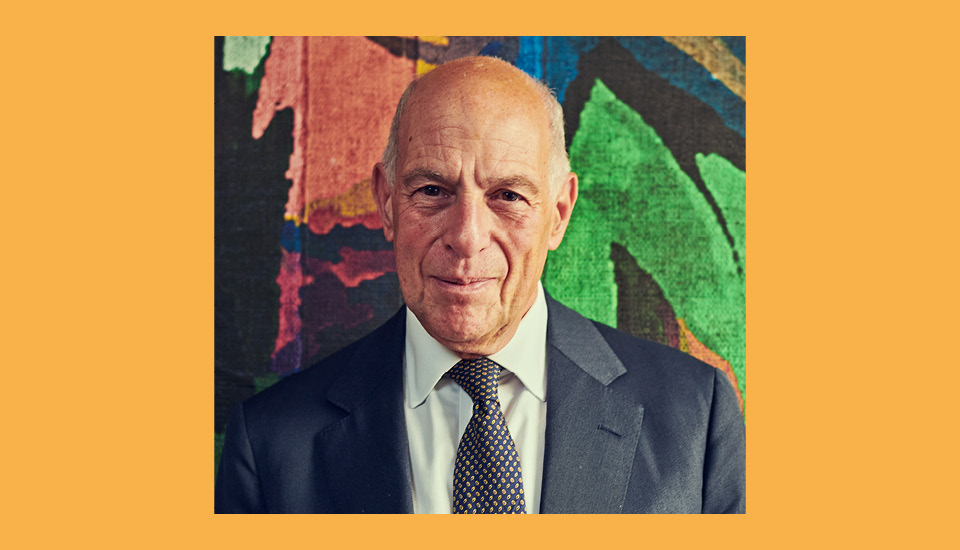
Reading time
Two minutes
In the first of a regular series of interviews with young Fellows, we speak with the conservationist and birder about his ambitions, passions and inspirations.
Where did you grow up?
In the boroughs of Hillingdon and Harrow, the epitome of ‘Metroland’, commuter suburbs built in the 1930s following the expansion of the London Underground. Leafy residential streets, plenty of green space — and my local bus always arrives about 20 minutes late.
What did you want to be as a child and what are you now?
As a child, I’d spend hours reading animal encyclopedias, riveted by the sheer diversity of wildlife on those pages — I initially aspired to become a zoologist. As I became more aware of my local wildlife, my focus shifted. Since 2017, I have been writing about conservation efforts in London, and wildlife around the UK and abroad, on my blog, Kaul of the Wild.
What is one thing the world needs to know about you?
I have an identical twin brother. He has visited RSA House only once, I promise!
What’s your idea of happiness?
Walking through any city and learning about its history, culture, architecture and environment. Starting in September, I’ll be studying at the University of Birmingham; I’m looking forward to a new adventure there.
What’s your idea of misery?
Being mistaken for my twin brother! Although we are very different people, it happens to be his idea of misery, too.
What’s your favourite way to spend a Sunday morning?
At my nearest nature reserve, Ruislip Woods, primarily in an area of heathland known as Poor’s Field. During the spring and autumn, I love visiting in the early mornings when the trees seem to overflow with the sound of warblers, a type of small brown migrating songbird.
What are you most passionate about and why?
Shining a light on urban wildlife and habitats and encouraging the public to value and protect them. If we are going to tackle the challenges of climate change, everyone must be made aware of urban nature.
If you had one wish to change the world, what would it be?
That politicians at any level of governance have at least a basic understanding of the natural world. Too many regard nature as a ‘nice to have’, not a ‘need to have’. Nature’s role in tackling climate change, and its benefits to society and economy, must be recognised more often in governmental decision-making.
I'm proud to be part of a community that is committed to creating positive change.
What has been the most unexpected thing about becoming a Fellow?
As a Fellow of the RSA, I’ve been consistently surprised by the ways in which our various experiences - from renewable energy policy to improving people’s access to theatre - overlap. I’m proud to be part of a community that is committed to creating positive change.
What is the one thing every person should be doing to help the planet?
Start by attracting wildlife to your doorstep. If you have a garden or balcony, you could install nest boxes and bird feeders to attract sparrows and finches, or plant wildflowers to attract bees and butterflies - the smallest difference can make the biggest impact.
Visit Kabir's blog, Kaul of the Wild.
This feature first appeared in RSA Journal Issue 3 2024.
pdf 4.7 MB
Read more features from the RSA Journal
-
Ideas Foundation: eyes wide open
Heather MacRae
The Ideas Foundation provides opportunities for students in less advantaged schools across the UK to build creative and cultural capital through workshops and excursions. Their mission? To nourish a new creative generation.
-
Community banking: shared interest
Priya Sippy
Community banking is a microfinance model built on trust. In it, the community wins or loses together. It is gaining in popularity on the African continent as community banking goes digital.
-
Loyd Grossman: secret sauce
Nicholas Wroe
New RSA Chair Loyd Grossman talks music, art and societal change, and why he thinks the work and mission of the RSA is more important now than ever.




Be the first to write a comment
Comments
Please login to post a comment or reply
Don't have an account? Click here to register.